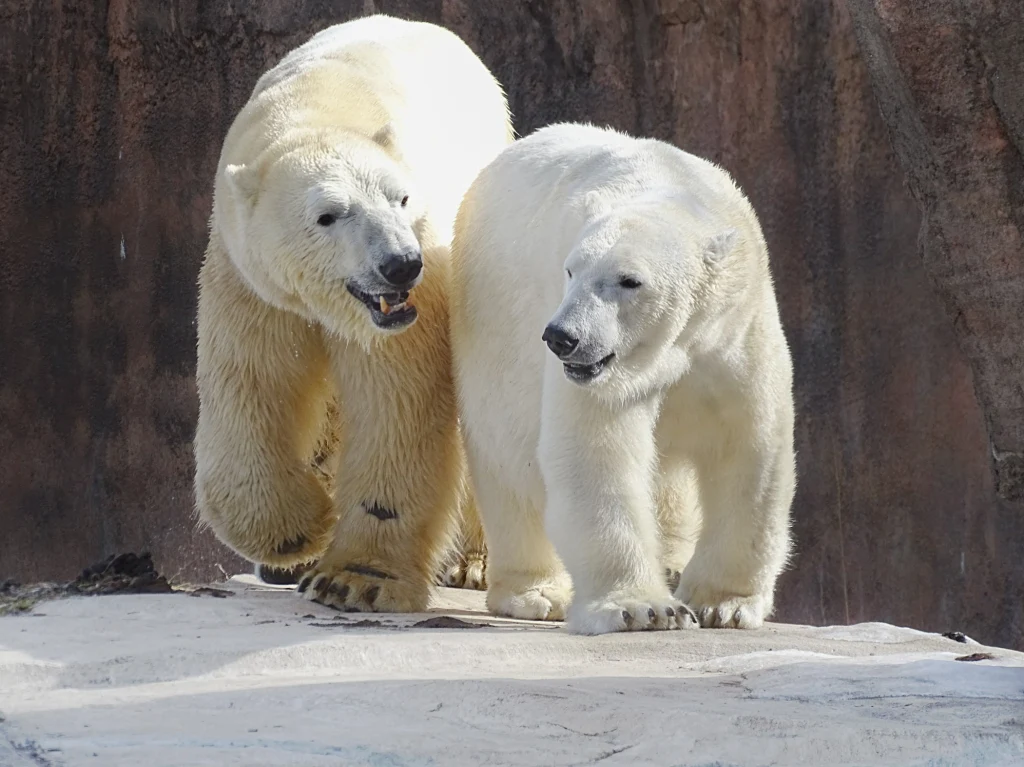
Authored by Erica Graber, snail care specialist at the Detroit Zoological Society.
On April 15, 2,413 total partula nodosa snails were released into Papahue Valley, Tahiti, making this the largest wild release that has ever happened for this species. Partula nodosa, also known as Polynesian tree snails, are considered extinct in the wild by the International Union for Conservation of Nature —making this record-breaking release extremely important.
Of the 2,413 partula nodosa released, 1,449 were from our collection at the Detroit Zoo! In November 2022, we sent 1,500 snails to the St. Louis Zoo in preparation for this release. From there, we shipped the snails to Tahiti in early April. Once they arrived in Tahiti, they were all marked with UV reflective paint, making them more visible on the trees and easier to track during post-release checks — even in the dark. They were placed in slow-release containers so they could leave and head up to the tree canopies at their own pace.

Multiple partula snail species were driven to near extinction after African giant land snails were introduced to the islands as a food source for the people living there. Unfortunately, the African giant land snails escaped and thrived in the island habitat, causing them to quickly become invasive and destroy the vegetation, wreaking havoc on the island’s fragile ecosystem. Predatory rosy wolf snails were introduced as biological control, which backfired when they only went after native snail species, including partula snails. Partula snails are vital to maintaining tropical forest health as they eat decaying plant matter and fungi and recycle those nutrients into the soil. They are also an important part of Polynesian culture, as their shells were used in ceremonial jewelry and the decorations of the indigenous islanders. Losing this species is devastating both to the balance of the forest ecosystem and the history of the people living there.
At the Detroit Zoo, we have a room dedicated to our snails. As of May 23, we have 41 Kritter Keepers housing 3,595 snails. Each tank has paper towel as substrate, a feed tray, a cuttlebone and a fake plant to hide and climb on. The food is a mixture of organic nettle powder, ground organic oats, ground trout chow, a powdered calcium supplement and Teklad snail stress powder. When ready to use, we mix it with water to create a paste that we spread across the feed tray for the snails to easily eat. We keep the humidity in the room between 60 and 80 percent, and the temperature is consistently at 68 to 72 degrees Fahrenheit. To keep the humidity up, which can be challenging in the dry winter months, up to five humidifiers run at once. We also mist the tanks daily to keep the paper towel moist.

As this species is extinct in the wild, we must track how many snails are in our captive population. Every month, I count all the snails and separate them based on size — newborn, juvenile, sub-adult and adult. Newborns are tiny, less than 3 millimeters. Juveniles are between 3 and 7 millimeters. Sub-adults and adults are similar in size, more than 8 millimeters, but the adults are most distinguishable by the thick white “lip” around the shell opening.
As a result of all these conditions being just right, Detroit Zoo team has been able to consistently breed this rare snail and contribute to the reintroduction process. The recent release of 1,500 snails was record-breaking for our facility — our previous record was 100 snails in May 2015.
Our captive population is still flourishing and growing. There is talk of doing releases more frequently — as soon as September! With the commitment of Detroit, St. Louis, Akron, Woodland Park, Disney’s Animal Kingdom and all the other facilities working together to protect this species, the future is looking big and bright for these little snails.










